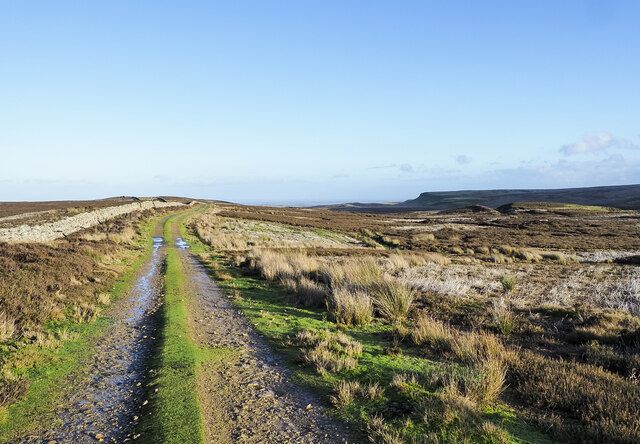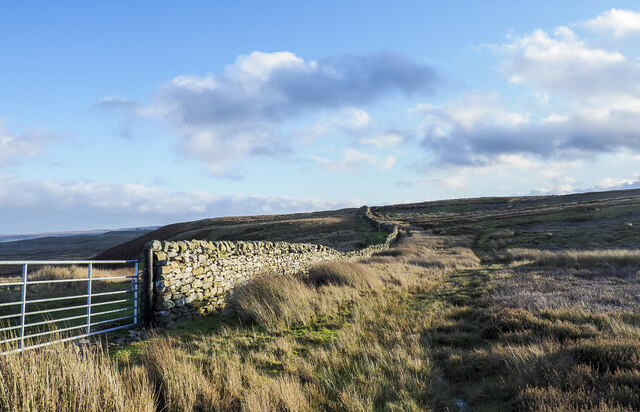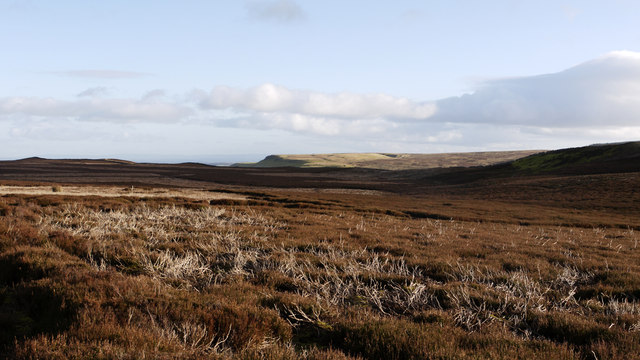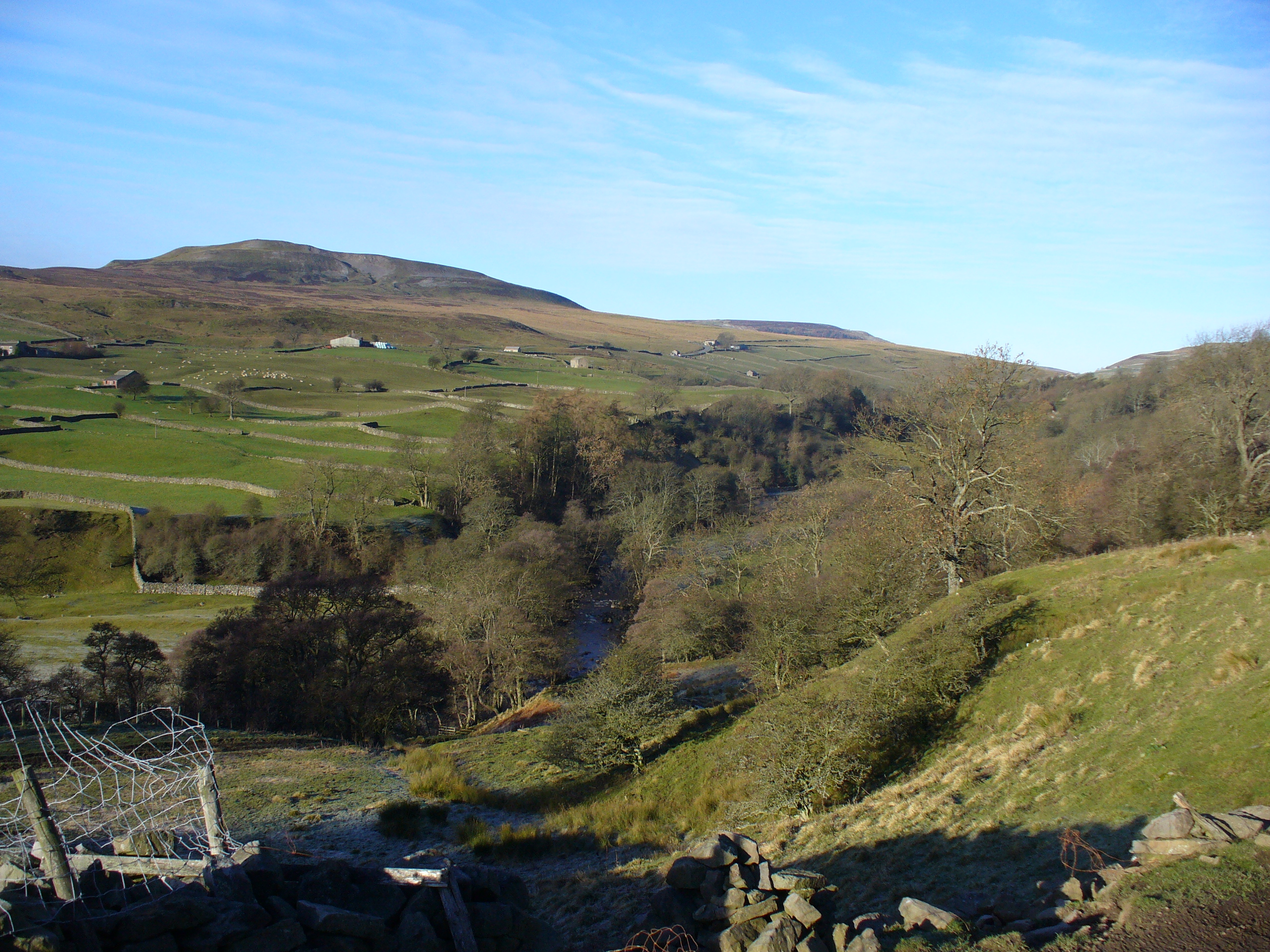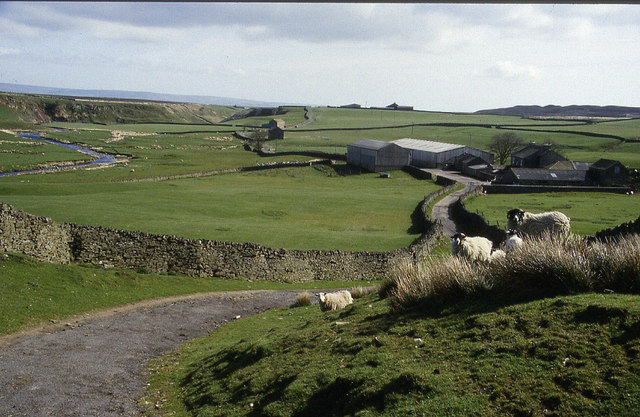Scargill High Moor
Downs, Moorland in Yorkshire
England
Scargill High Moor
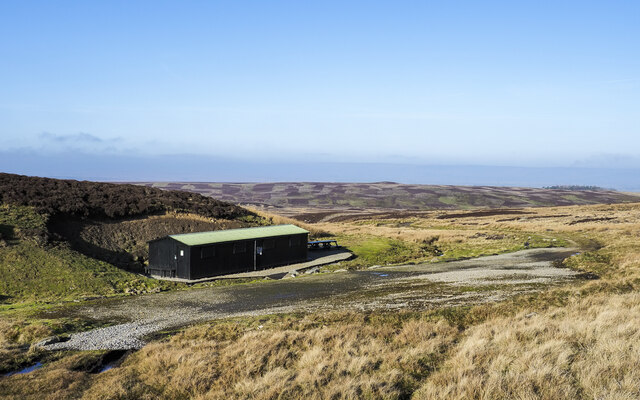
Scargill High Moor is a vast expanse of rugged and captivating landscape situated in Yorkshire, England. Stretching across an area of approximately 10 square miles, it is located in the northern part of the county and forms part of the Yorkshire Dales National Park.
The moorland is characterized by its rolling hills, heather-covered slopes, and expansive open spaces. The terrain is predominantly composed of peat, providing a unique and distinct ecosystem. Scargill High Moor boasts an impressive array of flora and fauna, including various species of birds, such as curlews, lapwings, and red grouse, which thrive in this natural habitat.
The moorland is intersected by several streams and rivers, which add to its scenic beauty. These water bodies are essential for the survival of numerous aquatic species and contribute to the overall biodiversity of the region.
Walking and hiking enthusiasts flock to Scargill High Moor to enjoy its breathtaking views and tranquil atmosphere. The moorland offers a network of footpaths and trails that cater to both casual strollers and serious hikers, allowing visitors to explore its diverse landscapes at their own pace.
Additionally, Scargill High Moor serves as a vital carbon sink, absorbing carbon dioxide from the atmosphere and playing a crucial role in the fight against climate change. Conservation efforts are in place to protect this remarkable ecosystem and maintain its ecological balance.
Overall, Scargill High Moor is a captivating natural wonder that showcases the beauty and diversity of Yorkshire's countryside. It provides an idyllic escape for nature lovers and offers a glimpse into the rich tapestry of the region's natural heritage.
If you have any feedback on the listing, please let us know in the comments section below.
Scargill High Moor Images
Images are sourced within 2km of 54.480267/-2.011619 or Grid Reference NY9909. Thanks to Geograph Open Source API. All images are credited.
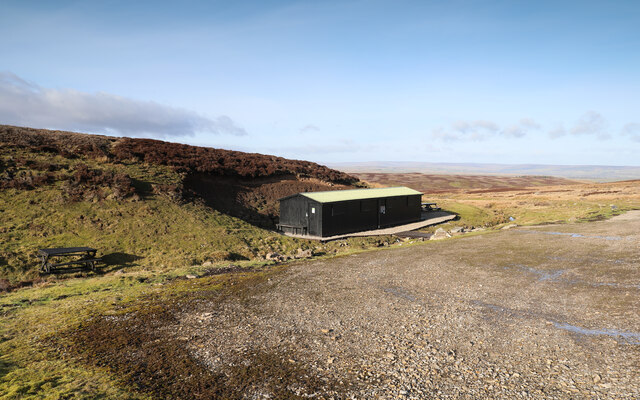



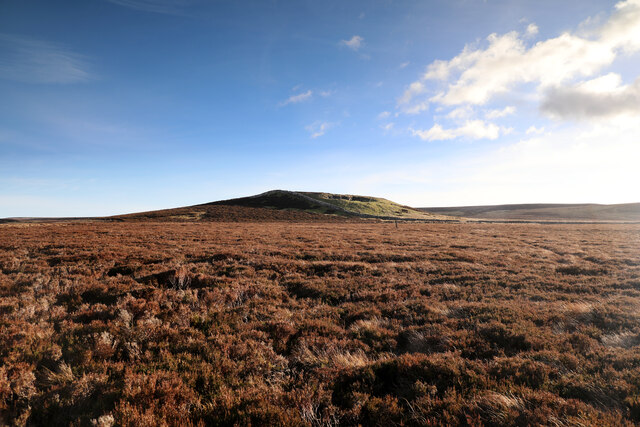

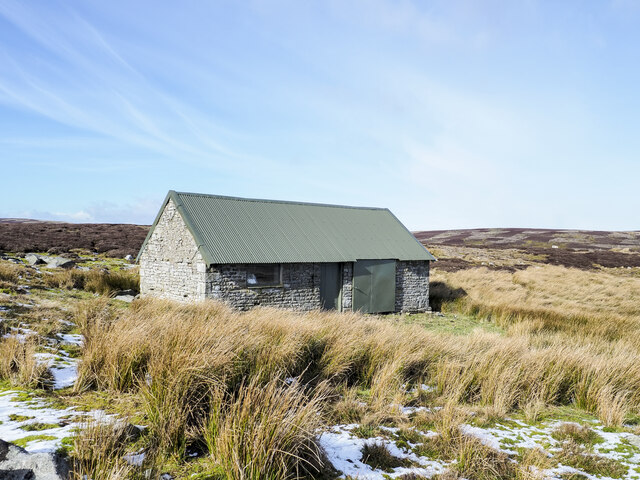
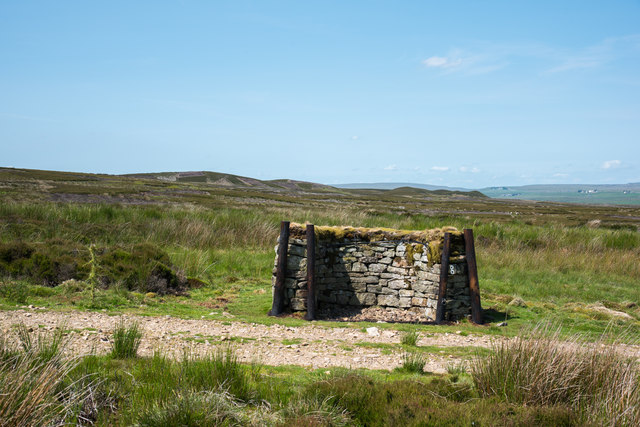
Scargill High Moor is located at Grid Ref: NY9909 (Lat: 54.480267, Lng: -2.011619)
Division: North Riding
Unitary Authority: County Durham
Police Authority: Durham
What 3 Words
///ascendant.contexts.drummers. Near Bowes, Co. Durham
Nearby Locations
Related Wikis
Hoove
Hoove is a hill in the northern Yorkshire Dales in North Yorkshire, England, near the town of Barnard Castle in County Durham. Its elevation is 554 metres...
Arkengarthdale
Arkengarthdale is a dale, or valley, on the east side of the Pennines in North Yorkshire, England. Running roughly north-west to south-east, it is the...
Sleightholme Beck Gorge – The Troughs
Sleightholme Beck Gorge – The Troughs is a Site of Special Scientific Interest in the County Durham district of south-west County Durham, England. The...
Gilmonby
Gilmonby is a village in the Pennines in County Durham, England. it is situated a short distance to the south of Bowes, in the vicinity of Barnard Castle...
Sleightholme
Sleightholme is a secluded hamlet on a dead end road in County Durham, England. It lies beside Sleightholme Beck, a tributary of the River Greta. The...
Bowes
Bowes is a village in the historic county of Yorkshire and, since 1974, in the ceremonial county of County Durham, England. Located in the Pennine hills...
Bowes Castle
Bowes Castle is a medieval castle in the village of Bowes in County Durham, England. Built within the perimeter of the former Roman fort of Lavatrae, on...
Bowes railway station
Bowes railway station was situated on the South Durham & Lancashire Union Railway between Barnard Castle and Kirkby Stephen East. == History == The line...
Nearby Amenities
Located within 500m of 54.480267,-2.011619Have you been to Scargill High Moor?
Leave your review of Scargill High Moor below (or comments, questions and feedback).




